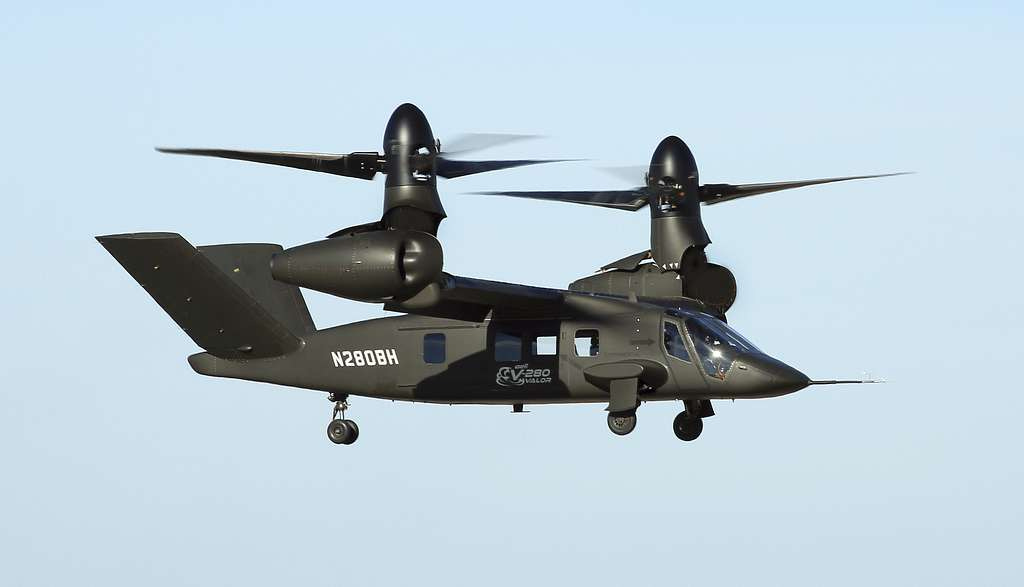FLRAA Award
The Army awarded Bell Textron the contract for its UH-60 replacement program, Future Long Range Assault Aircraft (FLRAA)
This will be one of those rare posts where I talk about something that falls very squarely within my professional responsibilities. Yesterday the U.S. Army announced that Bell Textron had won the contract to develop and produce its Future Long Range Assault Aircraft (FLRAA or FLARA in earlier iterations). It’s winning offer was its V-280 Valor tilt-rotor helicopter, which was unveiled back in 2013. This program is designed to replace the Army’s iconic Black Hawk helicopter (seen below) and it represents a huge win for Bell Textron. Bell had been competing with a joint offering from Lockheed Martin Sikorsky and Boeing call SB-1 Defiant.
In order to understand the importance of this award, it’s understanding how ubiquitous the H-60 series is in the U.S. military and globally. According to Sikorsky, over 4,000 Black Hawks are currently in service today - this includes the standard UH-60 variant used by the Army (over 2,100 of which are active), along with maritime variants (SH-60) and various special forces/commercial aircraft. Each of these aircraft cost roughly $15-25 million, depending on the type of equipment/role it is purchased for. That’s before accounting for potential future modernization of airframes and the need for ongoing sustainment for the life of the aircraft (typically about 60% of the lifecycle cost of a military platform). The scope of the FLARA award does not guarantee similar success for the V-280 Valor, but it should provide a general sense of the potential scale of the win.
However, there may not be smooth sailing ahead. It is possible, though not guaranteed, that Lockheed and Boeing will seek to contest the award. Similarly, previous Army rotorcraft development programs have gone poorly (google the Comanche Attack Helicopter if you’re curious) and this will be the Army’s first purchase of tilt-rotor technology, something that has had an up-and-down experience with the U.S. Marine Corps V-22 Osprey (lots of amazing capabilities, lots of teething around maintenance costs and reliability). While the win is undoubtedly a big deal for Bell Textron it’s probably worth waiting to see exactly how big this will end up being as the program develops going forward.
For now, for most of ‘Team Valor’ - the various other firms supporting Bell-Textron’s offer, it is a very good day.





